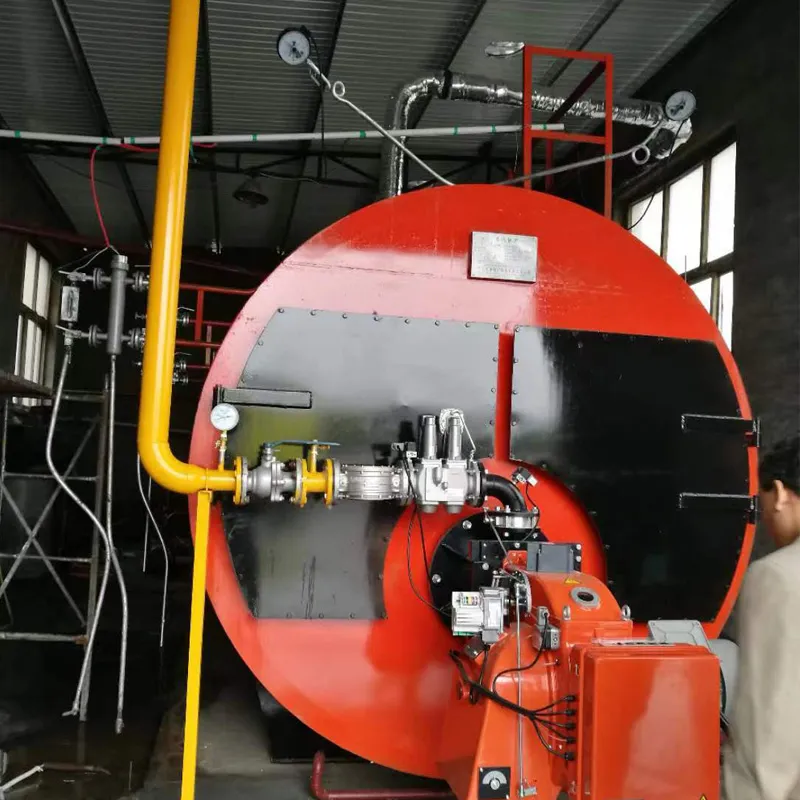
Nov . 17, 2024 06:41 Back to list
Guidelines for Installing a Hot Water Boiler Efficiently and Safely
Installing a Hot Water Boiler A Step-by-Step Guide
Installing a hot water boiler is a significant undertaking that requires careful planning and execution. Whether you are replacing an old system or installing a new one, understanding the process can save you time, money, and ensure your heating system operates efficiently.
Choose the Right Boiler
Before beginning the installation process, it's crucial to select the right boiler for your needs. Consider factors such as the size of your home, the number of occupants, and your heating requirements. A boiler that is too small will not efficiently heat your home, while one that is too large can lead to wasted energy. Consult with a heating professional to help determine the appropriate capacity and type of boiler, such as a conventional, combi, or system boiler.
Gather Necessary Tools and Materials
Once you've chosen the right boiler, gather all necessary tools and materials. This includes wrenches, pliers, screws, pipe fittings, a drill, and safety gear. Having everything on hand before starting will streamline the process and minimize interruptions.
Prepare the Installation Area
Before installing the boiler, prepare the installation area. Ensure that the space is clean and accessible. Check for proper ventilation and allow adequate room for maintenance access. If replacing an old boiler, safely disconnect and remove the old unit, following local regulations for disposal.
hot water boiler installation

Install the Boiler
Begin the installation by mounting the boiler according to the manufacturer’s instructions. Secure it to the wall or floor, ensuring it is level and stable. Connect the boiler to your home’s water supply and central heating system. If your boiler requires a flue, ensure it is installed correctly to vent exhaust gases safely outside.
Connect Electrical and Controls
After the plumbing work is completed, it's time to connect the electrical components. Ensure that all wiring is compliant with local electrical codes. Once the electrical connections are made, install the control thermostat, which will allow you to set and regulate the desired temperature throughout your home.
Test the System
After installation, it’s crucial to test the system. Turn on the boiler to check for leaks, listen for unusual noises, and ensure that all components are functioning as intended. Monitor the system for a few days to identify any potential issues before considering the job complete.
Final Thoughts
Installing a hot water boiler can be a complex task, but with proper planning and execution, you can create a comfortable and efficient heating system for your home. If you feel overwhelmed, don't hesitate to consult with or hire a professional installer. This can ensure the job is done correctly and safely, providing peace of mind for years to come.
-
High Efficiency Gas Fired Thermal Oil Boiler for Industrial Heating
NewsJul.29,2025
-
High-Efficiency Gas Fired Hot Water Boiler for Sale – Reliable & Affordable
NewsJul.29,2025
-
High Efficiency Biomass Fired Hot Water Boiler for Industrial and Commercial Use
NewsJul.29,2025
-
High-Efficiency Biomass Fired Hot Water Boiler for Industrial Use
NewsJul.28,2025
-
High Efficiency Coal Fired Hot Water Boiler for Reliable Heating
NewsJul.28,2025
-
High Efficiency Coal Fired Thermal Oil Boiler for Industrial Heating
NewsJul.26,2025
Related PRODUCTS






















